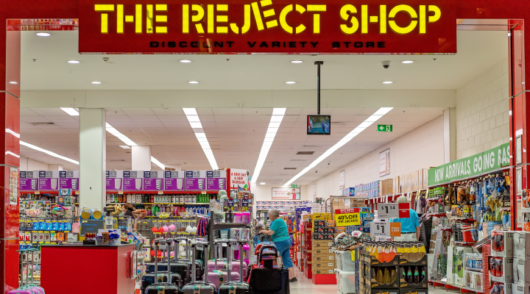There was a time when correctly addressing your customers by their first name in their emails was considered “personalisation”.
That’s not going to cut it anymore. In this day and age, particularly now that a plethora of retailers are competing for your customers’ attention, that’s not going to cut it anymore.
“Today’s customer is too savvy, too discerning, and flush with too many options to tolerate a cookie-cutter experience with a brand,” stated a new report from Emarsys called 6 pillars powering cross-channel personalisation.
“Customers deserve and demand tailored 1:1 experiences. And not just first-name-in-an-email kind of personalisation — we’re talking about sophisticated, highly relevant communications crafted specifically for an individual customer.”
Below here are just a few of the insights from the report, revealing what modern personalisation looks like – and how marketers can successfully implement it in their businesses today.
Right here, right now
These days, personalisation is not just about getting the right message to the right customer, it’s about delivering it at the right time, like getting back in touch with a customer on their birthday with a special offer and personalised recommendations, based on what they’ve purchased in the past. It’s called contextual commerce.
One great retailer that’s nailing contextual commerce is Cue. If a customer spots something that she likes in an EDM and wants to buy it straight away, she can easily transact in just two steps – the online cart is already loaded up with her preferences, such as size, colour and delivery option. All that’s needed is for the customer to click on her payment option using FaceID.
“If someone’s looking at a product at any of your touchpoints or communicating with your teams, [you want] the ability to transact in the moment,” says chief innovation officer Shane Lenton, adding that it’s all about making it as convenient as possible for the customer whenever, wherever and however they want to shop.
“Contextual commerce really breaks down those barriers and facilitates a transaction there and then.”
Use AI to make true 1:1 personalisation scalable
But how is it possible to offer genuine personalisation at scale? Enter AI.
According to the Emarsys report, AI uses self-learning algorithms and predictive analytics to project informed events in the future, such as accurately predicting customer behaviour. AI and machine learning are the secret weapons in your toolkit that help you work out exactly what to recommend to a particular customer and at what point in time they’re more likely to convert – whether you have 100, 1000 or 100,000 customers.
“We have such a large database of people and a lot of different customers, and they have all different shopping behaviours. So by the time we sent an offer to that customer, to all those customers at that set time, it was basically too late for us, or it was a lot harder for us to win them back,” explains Lara Donnelly, customer lifecycle manager at CityBeach.
“[Now] we’re able to actually use the AI to identify which customers, on a more 1:1 level, are going to defect, and then trigger the communications before they actually defect, not after the fact when it’s a lot harder to win them back.”
Measure your results
So now that you’ve worked out how to surprise and delight your customers, it’s imperative that you also have the stats to back up the work that you’ve implemented within your business.
One smart idea is to have your analytics actually built into your customer engagement platform, so you can easily see the sales generated as a result of your highly personalised SMS campaigns, emails and pushes.
“One of my favourite features in Emarsys is being able to see exactly where the customer clicked, and we didn’t have that information before,” says Kelly Ringle, digital marketing coordinator at sports swimwear brand, Jolyn.
“So that shapes a lot of our decisions, [and] we now know the strongest revenue potential group to target. Send time optimisation is another favourite of mine. We use that for almost every campaign, and that’s actually increased our open rate by over 8 per cent.”
To find out more about how to power your business with personalisation, you can download the Emarsys report here.






